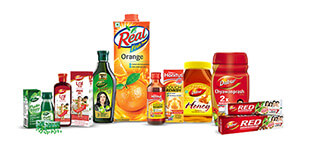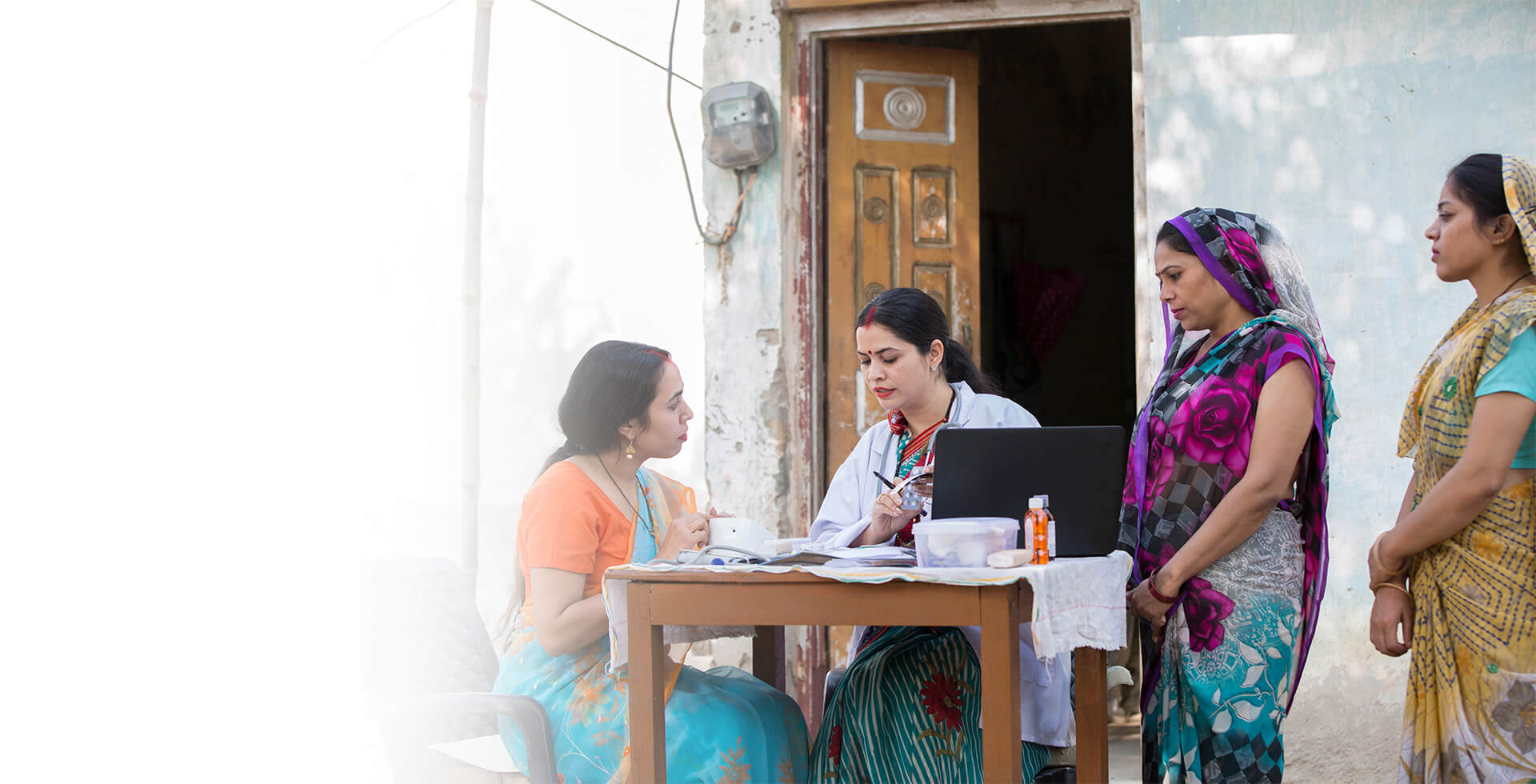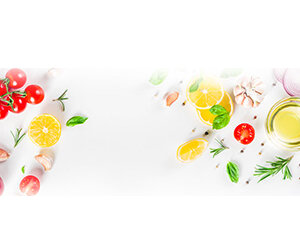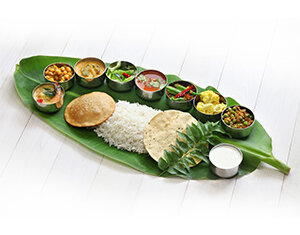Blog
How to Reduce Pitta?
Ayurvedic Diet

Pitta is one of the three doshas known to govern the metabolism and the transformation that takes place in the body. Pitta predominately controls how we digest food and discriminate between right and wrong. In a nutshell, pitta dosha concerns itself with the digestion power or 'agni' and makes sure it does not go into an overdrive causing you discomfort and stomach related ailments.
An overview of Pitta Dosha:
Summer season is said to be the season of pitta. A combination of fire and water elements, pitta has the characteristics of being hot, oily and light. When there is an excess accumulation of pitta in the body, you may experience the following:
- Excess generation of heat in the body
- Acid reflux, gas, indigestion
- Inflammation of the joints
- Nausea, diarrhea or constipation
- Anger & irritability
- Bad breath
- Body odor
- Excessive sweating
How to Reduce Pitta Immediately
While how to balance pitta dosha is the question that needs immediate attention, knowing about what causes pitta imbalance in the body is equally important. There are a lot of factors that contribute towards accumulation of pitta dosha or pitta imbalance. Some of the most notable among them are:
- Exposure to pitta opposing or provoking diet
- Excessive consumption of preservatives
- Exposure to the sun
- Exposure to too many chemicals
- Emotional or physical stress
Pitta Dosha Diet
Ayurveda in India prescribes simple yet effective pitta remedies, applying which, you can easily get rid of the pitta imbalance in the body. These methods include a pitta pacifying ayurvedic diet that aids in cleansing the body of all the harmful and toxic waste material and regularizing the bowel movements for a happy and healthy gut. Doing so on a regular basis will calm the body and allow it to function properly. Here’s your guide to a wonderful pitta pacifying diet, following which you can easily tackle the problem of how to control pitta and feel healthy at the same time. Yoga For Pitta Dosha can also prove useful in balancing Pitta Dosha.
How to balance pitta dosha with a pitta pacifying diet
Pitta is pacified by consuming a combination of fresh, cooling, grounding and carbohydrate rich foods. For a person who has excess of pitta dosha, must take care of the below given pointers:
- Favor cool over warm or hot
- Nourishing & light food must take precedence over dense or heavy food items
- Dry food over liquid help curb pitta dosha
- Mild drinks like fresh juices over hard ones like alcohol or caffeine based drinks work as a wonderful example of pitta pacifying foods
Still wondering how to reduce pitta immediately? Here’s a diet recommendation for you to follow.
Fresh fruits and vegetables work best to control pitta dosha. Fruits that are sweet to taste and slightly astringent help pacify pitta. When picking pitta pacifying foods, it is important to distinguish between the tastes as anything sweet can work in your favor, but a fruit or vegetable that is bitter to taste can work against your body. Read more on different types of taste. Also, fruits, vegetables and juices are best enjoyed alone and not as an accompaniment to any other food. Best would be to have it 30 minutes before or an hour later to any meal. It will help you digest the food properly and make the maximum of your diet.
- Fruits beneficial to remove pitta from body :
Apples, apricots, berries, cherries, coconut, dates, pear, papaya, plums, pomegranate, mango, orange, melons, watermelon, strawberries, figs and grapes
(Note: Anything that tastes bitter among the specified pitta pacifying foods category needs to be discarded immediately.) - Vegetables to eat to curb pitta imbalance :
Avocado, broccoli, cauliflower, celery, cilantro/coriander, peas, pumpkin, radishes, cabbage, sweet potato, spinach, lettuce, okra, cucumber, potatoes, leafy greens, and mushrooms among others.
(Note: Anything that tastes bitter among the specified pitta pacifying foods category needs to be discarded immediately.) - Grains that support pitta diet :
Barley, couscous, oats, quinoa, granola, wheat, tapioca, wheat bran, pasta, pancakes, amaranth and rice (basmati) among others.
Grains to avoid: Corn, buckwheat, millet, museli, rye, yeasted bread, polenta and brown rice. - How to balance pitta dosha with legumes :
Legumes are astringent in nature and therefore, help pacify pitta. As part of easy and simple pitta remedies to try at home, you must include the following legumes in your everyday diet. Black beans, kidney beans, lentils, chickpeas, split peas, soya beans, tofu, lima beans, mung dal and black-eyed peas among others can be consumed for an incisive answer to the question of how to remove pitta from the body.
Legumes to avoid: Soy meat, miso, urad dal, and soy sauce. These things have high salty content and can aggravate pitta dosha. - List of dairy products that are part of a healthy pitta diet :
Unsalted butter, cow’s milk, cottage cheese, goat’s cheese, ghee, ice cream, yogurt and goat’s milk.
Dairy products to avoid: Salted butter, buttermilk, frozen yogurt, sour cream, hard cheese, and fruit or preservative based yogurts. - Nuts & seeds that support pitta remedies for a healthy you :
Most nuts and seeds are known to have high oil content in them and so are advised to be kept outside of the pitta diet chart. However, there are some nuts and seeds that can be consumed in moderation to tackle the issue of how to reduce pitta from the body in a healthy manner. Pitta diet friendly nuts & seeds include: almonds (soaked & peeled), flaxseeds, coconuts, pumpkin seeds, sunflower seeds and popcorns (unsalted & plain)
Nuts & seeds to avoid: Cashew nuts, almonds with skin, pine nuts, pecans, pistachios, tahini, walnuts, sesame seeds, chia seeds and peanuts - Meats :
Thinking how to reduce pitta immediately when you are on a non-vegetarian diet? Read further.
Animal meat that is sweet in taste and dry, works best to combat the question of how to reduce pitta. The meats that you can consume in your diet include chicken, shrimp, rabbit, venison, fish (freshwater), eggs (white) and buffalo meat.
Meats to avoid: Beef, egg yolk, duck, pork, salmon, seafood, sardines, lamb, fish (saltwater), tuna fish and turkey. - Oils that work best as pitta remedies :
Coconut oil, flaxseed oil, olive oil, primrose oil, sunflower oil, soy oil, ghee and walnut oil.
Oils to avoid : Almond oil, sesame oil, corn oil and apricot oil - Spices :
Spices play a very integral role in our cooking. So, if you are wondering which spices to favor and which ones to avoid to deal with the question of how to reduce pitta.
Spices to favor: Basil, black pepper, coriander, ginger, fennel, mint, orange peel, saffron, peppermint, cinnamon, dill, cardamom, parsley and vanilla.
Spices to avoid: Bay leaf, garlic, mace, hing, nutmeg, mustard seeds, salt, sage, thyme, cloves, fenugreek, rosemary and mace. - Sweeteners :
Sweet food items are known to balance pitta in the body and so most of them support the system. But an appropriate balance is required to be maintained.
Sweeteners to eat: Maple syrup, dates, barley syrup
Sweeteners to avoid: Honey, jaggery, molasses, white sugar











